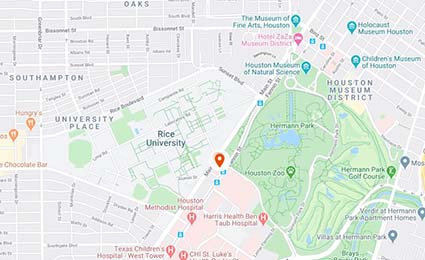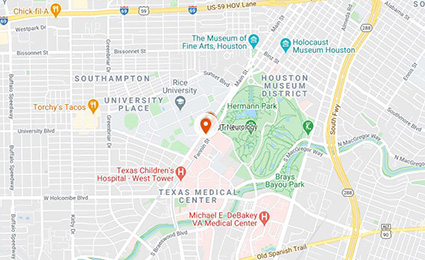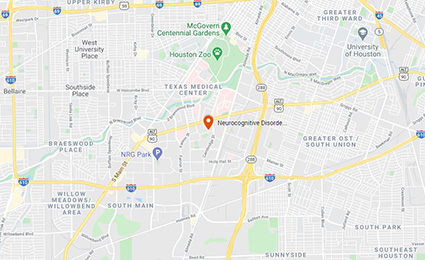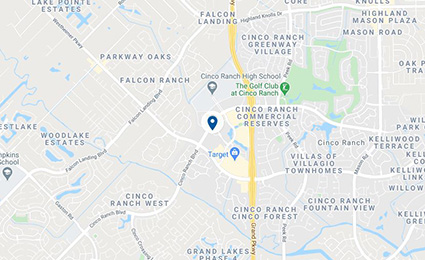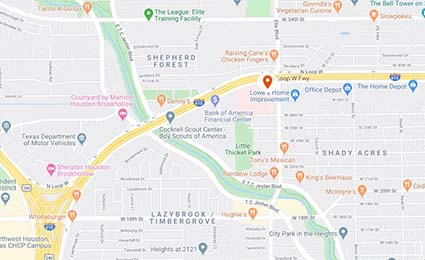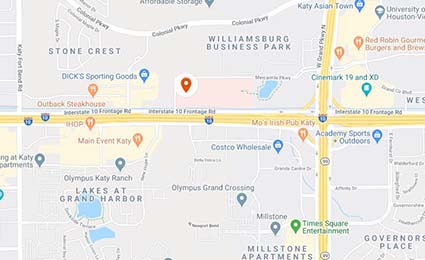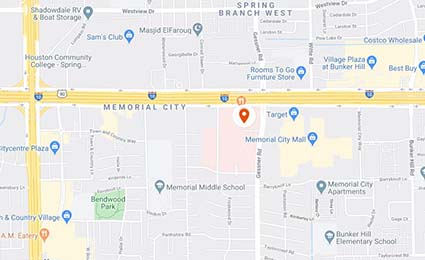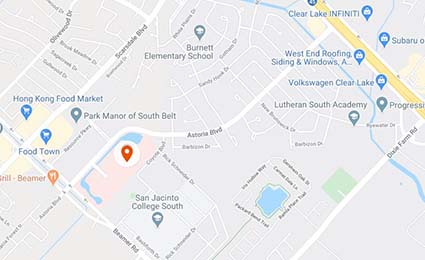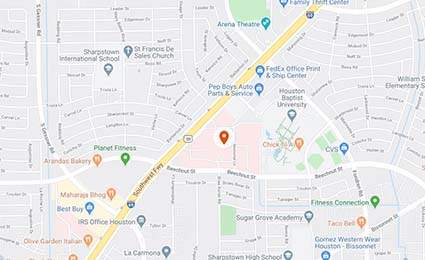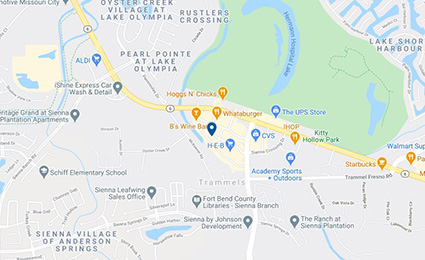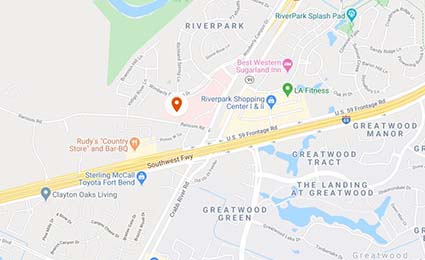Stroke
What is a stroke?
A stroke happens when blood suddenly stops flowing to the brain. This usually happens because a blood vessel is blocked or breaks open. When this happens, the brain doesn’t get the oxygen it needs, and brain cells can start to die within minutes. That’s why a stroke is a serious emergency and needs fast medical help.
Each year, about 800,000 people in the U.S. have a stroke. Most of these strokes happen because of blocked blood vessels. Fewer than 1 in 5 strokes happen when a blood vessel in the brain bursts. Strokes are still one of the top causes of death, but if they are spotted and treated quickly, people have a much better chance of getting better.
What You Can Expect at UTHealth Houston Neurosciences
At UTHealth Houston Neurosciences, our dedicated stroke team uses advanced technology to accurately diagnose a stroke, to determine its cause, and to develop a comprehensive treatment plan. Our vascular neurosurgeons use minimally invasive techniques to deploy possibly life-saving therapies.
We work in multidisciplinary teams of specialists and therapists that share insights, leading to better treatment decision-making and outcomes, as well as lower costs and time savings. Throughout the treatment process, we will work closely with the doctor who referred you to ensure a smooth transition back to your regular care. While you are with us, you will receive expert care, excellent communication, and genuine compassion.
Preventing stroke
Many strokes can be prevented by addressing lifestyle factors like diet, exercise, weight, tobacco use, and alcohol consumption. In addition to these, maintaining a normal blood pressure, normal blood sugar, and normal cholesterol are important for stroke prevention.
Conditions like hypertension, diabetes, high cholesterol, obstructive sleep apnea increase the risk of having a stroke. Atrial fibrillation is an abnormal heart rhythm that increases the likelihood of clots going to the brain and causing a stroke.
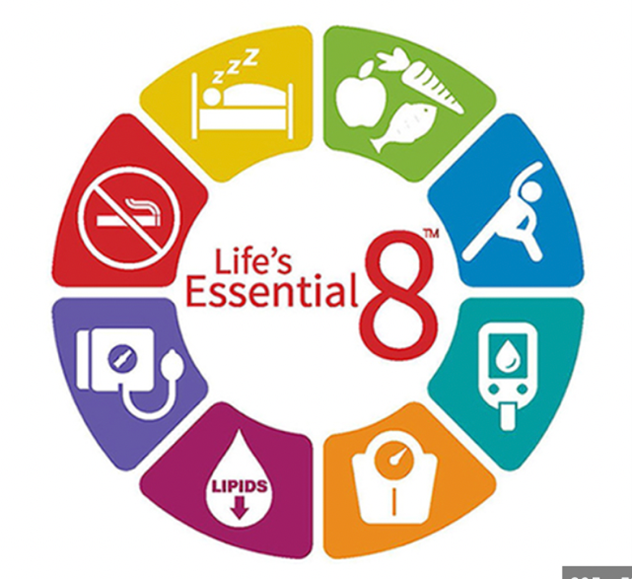 Life’s essential 8 is a tool that can be used to remember the important factors to consider for stroke prevention.
Life’s essential 8 is a tool that can be used to remember the important factors to consider for stroke prevention.
People who are older are more prone to strokes than younger people, but stroke rates are rising in young adults. Men are more likely to suffer strokes in middle ages, but women have a higher lifetime risk of having a stroke.
Signs of a stroke
Recognizing the signs of a stroke is very important because every minute matters when it comes to treatment. Doctors need to know exactly when the symptoms started.
The most common signs of a stroke include a sudden, intense headache; vision problems; trouble speaking and understanding; and sudden numbness or weakness in the face, arms, or legs—especially on one side of the body. Problems with balance or coordination can also happen. A person having a stroke may be confused or have trouble remembering things, reading, or writing.
If you think someone might be having a stroke, check to see if they can smile, lift both arms, and say a simple sentence. If one side of their face droops, one arm falls, or their speech sounds strange, call 911 right away.
Doctors use the acronym B.E.F.A.S.T. to help people remember what to look for:
- B – Balance: See if the person can stand without help
- E – Eyes: Ask the person if they have loss of vision in one or both eyes or if they are seeing double
- F – Face: Ask the person to smile. Does one side of the face droop?
- A – Arms: Ask them to raise both arms. Does one arm drift down?
- S – Speech: Ask them to repeat a simple phrase. Is their speech slurred or strange?
- T – Time: Call 911 immediately. Some treatments work best if given within three hours of the first symptom.
An acronym for Spanish-speakers was developed by our team at UTHealth.
R.Á.P.I.D.O. stands for:
- R – Rostro caído (face drooping)
- Á – Álteración del equilibrio (loss of balance, or lack of coordination)
- P – Pérdida de fuerza en el brazo (arm weakness)
- I – Impedimento visual repentino (sudden vision difficulty)
- D – Dificultad para hablar (slurred or strange speech)
- O – Obtén ayuda, llama al 911 (get help, call 911)
Diagnosing a stroke
An important part of diagnosis is determining the type of stroke a patient suffered—there are several types of acute stroke, all of which require urgent attention and treatment. To diagnose the type of stroke, doctors and paramedics will ask about symptoms, collect a medical history and conduct physical and neurological exams. Brain imaging also plays an important role, and scans using Computerized Tomography (CT) or Magnetic Resonance Imaging (MRI) are routinely used to help identify injured or vulnerable parts of the brain.
The most common type of stroke is acute ischemic stroke, in which a blood vessel that supplies blood flow to a region of the brain becomes blocked. In this case, time is critically important because millions of brain cells are dying every minute that the blockage remains. Another type of stroke is hemorrhagic stroke, in which a blood vessel bursts within the brain, pouring blood into the brain and surrounding tissues. This condition is also a medical emergency.
UTHealth Houston Neurosciences uses pioneering and proven procedures to treat, prevent, and rehabilitate stroke patients. Our physicians and researchers led the first-in-the-region hospital system implementation of artificial intelligence (AI) to automatically detect stroke from brain imaging. We directed the rollout of this software in hospitals throughout the Houston area, and today, every brain scan that is performed in patients with suspected stroke in our partner hospitals is analyzed by this AI software. This software can evaluate brain scans in less than 5 minutes, and generate immediate alerts to the physician teams taking care of the patient, drawing all the care providers to attend to the patient. Our physicians and researchers then went one step further and demonstrated that this AI-based approach not only brings attention to patients quicker, but also results in faster treatments that reduce the likelihood of death after stroke.
Advanced Treatment of stroke
We offer two treatment options for acute ischemic stroke, both of which help open these blockages. Tenecteplase (TNK) is an intravenous (IV) medication that can be administered shortly after an ischemic stroke. The IV injection helps to quickly break down the blood clot that is blocking the blood vessel.
For large blood clots that block major arteries of the brain, doctors can also perform minimally invasive endovascular procedures to physically remove the clot. These procedures are similar to the types of procedures done in patients having heart attacks, in which a catheter is inserted into the artery of the wrist or leg, and then navigated into the brain. Then, using a variety of devices, doctors can grab and remove the blockage. At UTHealth Houston, we are proud to led a number of clinical trials with industry partners. In doing so, we have access to leading-edge catheter technologies and stroke treatment devices that are years ahead of what is commercially available today. These advanced devices help us achieve superior outcomes.
In the case of hemorrhagic stroke, time continues to be extremely important. Emergent treatment includes reducing blood pressure and reducing pressure in the brain. Depending on the source of the bleeding – it could be an aneurysm, a blood vessel malformation, or a small invisible artery that ruptured – surgical and endovascular treatments can be performed.
After the emergency treatment, your medical team will focus on recovery and rehabilitation. Depending on the condition, a program could include working with a dietitian, physical therapist, occupational therapist, speech pathologist, psychologist, and social worker. Risk factors for future strokes should be mitigated through lifestyle and diet changes.
What to do if You Suspect a Stroke
If you are concerned you are having a stroke, or someone nearby you is showing signs and symptoms of a stroke, the most important thing to do is to call 911 and ask for help. Explain to the paramedics your concern over the phone. Also, if you or the person you are attending to has fallen or may hurt themselves, ensure they are in a safe position. Calling 911 does more than send an ambulance, it also alerts the doctors in the hospital, and they can begin preparing to care for you before you even arrive. This way, your treatments can be administered sooner. And because every minute matters when you’re suffering from a stroke, these minutes can make a big difference. Calling 911 is a much better choice than driving to the hospital yourself if you are concerned about having a stroke.
After the Stroke
After a stroke, patients may experience a range of complications and long-term effects including weakness or paralysis, problems with speech and language, memory and thinking difficulties, mood changes, pain, fatigue, and increased risk of another stroke.
At our outpatient stroke clinic, we provide comprehensive care to support recovery and reduce the risk of future strokes. Our Stroke Transitions Education and Prevention Program offers clinical care and research-based support to help patients manage risk factors, navigate recovery, and prevent hospital readmissions.
We also offer specialized care through our Heart-Brain Program, which focuses on patients with stroke of undetermined source or stroke related to a patent foramen ovale (PFO). In this program, we work closely with cardiology to determine the underlying cause of stroke and guide decisions about treatment and secondary prevention.
Our team helps patients manage high blood pressure, cholesterol, diabetes, and other stroke risk factors. We also provide referrals for physical, occupational, and speech therapy, and connect patients with services that support cognitive recovery, mental well-being, and brain health. In addition, we assist patients with community reintegration, return to work or school, and other aspects of rebuilding life after stroke, helping them achieve the highest possible quality of life and independence.
Contact Us
At UTHealth Neurosciences, we offer patients access to specialized neurological care at clinics across the greater Houston area. To ask us a question, schedule an appointment, or learn more about us, please call (713) 486-8000, or click below to send us a message. In the event of an emergency, call 911 or go to the nearest Emergency Room.
